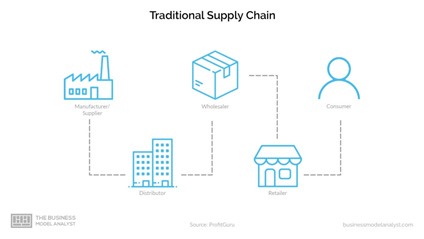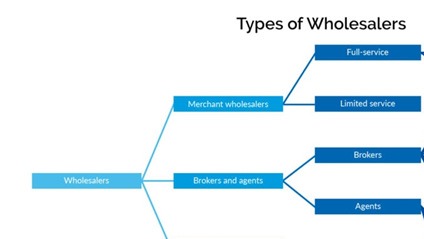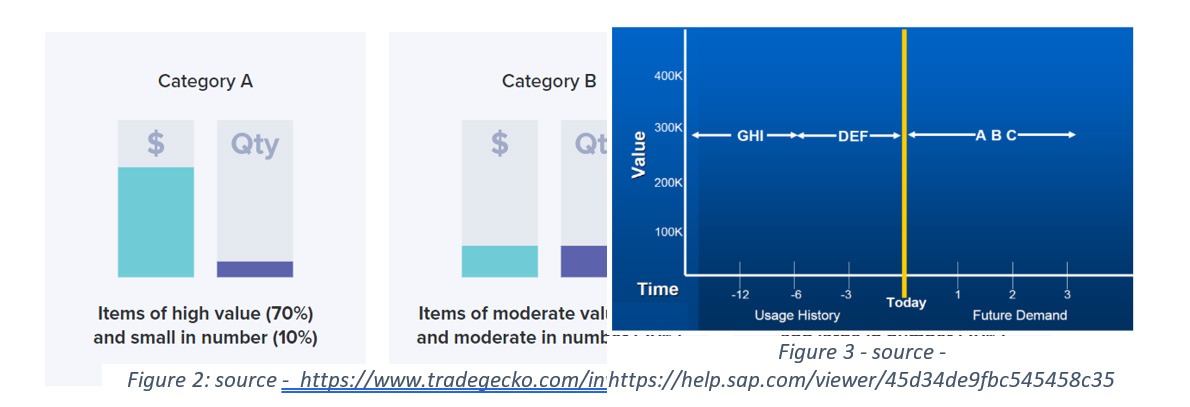Driving inventory visibility across the supply chain in the wholesale industry
Publish Date: September 9, 2021One of the biggest challenges wholesalers, retailers, and distributors are familiar with is maintaining accurate and updated inventory visibility across multiple supply chain segments and channels. Customer expectations are now higher than ever before, expecting immediate and seamless customer experience, no matter the nature of the product. To move towards this form of ‘anytime, anywhere, distribution, warehouse managers must identify issues and eliminate the bottlenecks out of their existing processes. Also, it should not be overlooked that wholesalers are producer-consumer intermediaries responsible for vital tasks, including the separation, transport, storage, and sale of goods, which later also need to be presented to the end-customer in top-notch shape.

It will require standardization and simplification of the supply chain, from procurement to delivery, to be more responsive. For better understanding, this explainer image should delineate the spectrum of different wholesaler types, making them a crucial part of the internal and external value chain to the organization.

SAP S/4HANA, in this case, allows for streamlined and holistic visibility across the warehouse and helps in the optimization and logistics capacity management of the inventory. In this blog, we will go through several ways S/4HANA can ensure inventory visibility in a predictive manner: stocking, order management, or increasing workforce responsiveness, end-to-end.
Intelligent inventory management and investments
When it comes to inventory management, it is essential to provide products that fit the customers’ needs at the right time and at the right prices, at least as per the traditional wholesale distribution environments. However, doing this consistently has become even more challenging due to alternate sources, including online marketplaces. It means that distributors need to balance service levels and inventory investments regularly to ensure profit levels are consistent.
One way to control this with S/4HANA is inventory categorization, which can help wholesalers decide how to minimize and reduce the amount of stock existing in hand and increase the inventory turnover ratio, making the distribution network more efficient and lower overall cost. A well-managed inventory turnover ratio helps businesses improve pricing, marketing, and purchasing decisions but also indicates that a company’s sales are profitable while costs are controlled.
S/4HANA can also help control inventory by categorizing slow-moving, medium moving, deadstock, items with shelf life, batch managed, serial managed, and much more. It is not only a challenge to view a multitude of inventory items every day and make informed decisions as to which items need to be purchased, which are running short, and which you have an excess of. ABC Analysis is one method to apply precise control to every inventory group, based on their usage value to the business.

S/4HANA allows you to analyze your Inventory Quality Ratio or IQR to identify any potential overstocking and underlying measures to reduce the same. The data from IQR analysis enables you to measure balances of total stock values, demand values, and consumption values . The IQR analysis can also be evaluated in a comprehensive classification including ABC analysis for fast-moving items driven by demand or without demand-based consumption), and then slow-moving and non-moving items based on balances for total inventory values on a key date.
With proper planning using Advance ATP and Advance MRP, we can control supply and demand with appropriate forecasting and efficient restocking on an excellent inventory turnover. Warehouse managers can stay on top of their reorder points, advance ATP (Available to Promise) process within S/4HANA. For instance, if the available quantity of any desired material is falling short of meeting the required demand, BOP (Back Order Processing) to align the actions performed for orders to your unique business strategy. Not only can you execute a Product Availability Check at the instance when an order gets created, but you can also plan predictively to manage product allocations in times of shortage. These features also help you adapt and extend category catalogues for product allocation; they also help your wholesale and distribution business process eliminate bottlenecks and streamline the entire supply chain management process.
Another way is to create replenishment warehouse tasks and efficient planning to maintain the proper inventory levels. This is particularly true for busy facilities that handle large volumes to maintain a wide selection of products for separate store locations and fulfilment centres. If this is done correctly, inventory replenishment warehouses can avoid excessive overstocking with high storage or carrying costs, minimize labour costs, ensure on-time deliveries, reduce the risk of logistical problems, and improve replenishment planning while meeting demand without shortages.
They can also get order and inventory updates using integration with the manufacturer and ensure tracking of the incoming and outgoing shipping processes using third-party shipping tools. For instance, YASH’s SAP-qualified Mobile Inventory Manager application can help you with real-time monitoring of your moving product but also keep control over incoming inventory, ensure stock-readiness at all times, boost workforce productivity and save costs with efficiency. You can also ship your products with any third-party tool well-integrated with S/4HANA to get accurate location and last-mile delivery of your product at any given time. Finally, users can also get easy accessibility of inventory status using barcode process and RFID in real-time on mobile using Fiori Apps within S/4HANA. Using the Fiori mobility application helps you keep track of fast-moving products with live reports and easily leverage Advanced OCR technologies to quickly scan data fields, barcodes, and material numbers from images.
Introducing YASH’s Wholesale One – an SAP pre-qualified, pre-packaged platform
The global supply chain has essentially forced the wholesale industry to transparently track, trace and monitor every product resource and asset within their inventory. The circular economy’s importance also adds pressure to wholesale companies to take up higher responsibility and integrity along the reverse supply chain. Responding to these global mega themes, regardless of other specific challenges they face, will determine how successfully wholesalers can retain and satisfy customers.
This is precisely where the SAP pre-packaged and pre-qualified WholesaleOne is explicitly designed for industry players to respond to dynamic operational risks proactively. It maximizes supply chain visibility, helps drive efficiencies with optimized product mix and inventory planning, and helps boost collaboration between customers and suppliers. With decades of partnership with SAP and extensive industry expertise, YASH WholesaleOne enables you to accelerate your digital journey and drive business value.
Watch this video to know more about WholesaleOne, or explore our offerings here
















